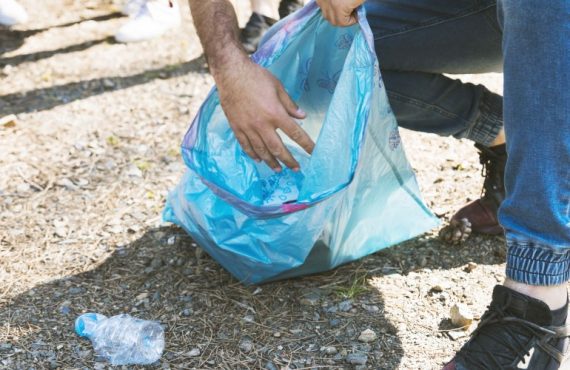Sustainable shopping is a critical component of reducing our environmental footprint. By making conscious choices, consumers can significantly contribute to environmental conservation and support ethical practices within the retail industry. Here are several strategies to help promote sustainability through shopping habits:
Choosing Eco-Friendly Products
Opting for eco-friendly products is an essential step towards sustainable shopping. These products are typically made from renewable resources, have minimal environmental impact during their lifecycle, and are often biodegradable or recyclable. Look for certifications such as Fair Trade, USDA Organic, and Energy Star, which indicate that products meet specific environmental and ethical standards. Selecting items with minimal packaging or those packaged in recyclable materials further reduces waste and promotes sustainability.
Supporting Ethical Brands and Businesses
Supporting brands and businesses that prioritize sustainability and ethical practices can drive positive change in the industry. Ethical brands often focus on fair labor practices, environmental stewardship, and community support. Consumers can research companies’ sustainability reports or certifications like B Corp, which assesses the overall social and environmental performance of businesses. By directing spending towards such brands, consumers can help foster a market that values ethical and sustainable production.
Avoiding Fast Fashion
Fast fashion is characterized by cheap, trendy clothing that quickly goes out of style, leading to high turnover and significant waste. These discarded items contribute to landfills where they decompose and release methane, a potent greenhouse gas. To reduce fashion-related carbon footprints, consumers should opt for vintage or recycled clothing. Thrift stores, consignment shops, and online platforms for second-hand clothing are excellent alternatives that extend the life of garments and reduce the demand for new, resource-intensive clothing production.
Washing Clothing in Cold Water
Washing clothes in cold water is an effective way to save energy compared to hot water washing. Heating water for laundry accounts for a significant portion of household energy use. Modern detergents are designed to work efficiently in cold water, making it possible to maintain cleanliness without the additional energy consumption. This simple change can reduce household energy bills and decrease the overall environmental impact of laundry practices.
Additional Strategies for Sustainable Shopping
Reduce Single-Use Plastics
Reducing reliance on single-use plastics is crucial for sustainable shopping. Consumers should bring their own reusable bags, containers, and water bottles when shopping. Many stores now offer incentives for customers who use their own bags, further encouraging this practice. Additionally, choosing products that are not packaged in plastic, or opting for items packaged in recyclable or biodegradable materials, can significantly reduce plastic waste.
Buy Locally Produced Goods
Purchasing locally produced goods supports local economies and reduces the carbon footprint associated with transportation. Local products often require less packaging and shorter supply chains, contributing to overall sustainability. Farmers’ markets, local co-ops, and community-supported agriculture (CSA) programs are excellent sources for fresh, local produce and goods.
Invest in Quality Over Quantity
Investing in high-quality products that are durable and long-lasting reduces the need for frequent replacements, thus minimizing waste. Whether it’s clothing, electronics, or household items, choosing well-made products can save money in the long run and lessen the environmental impact. Quality items often come with better warranties and repair options, extending their usability even further.
Utilize Digital Receipts
Opting for digital receipts instead of printed ones helps reduce paper waste. Many retailers offer the option to email receipts, which not only cuts down on paper use but also makes it easier for consumers to keep track of their purchases without clutter. This small change can contribute to significant reductions in paper waste over time.
Participate in Recycling Programs
Participating in recycling programs ensures that materials like paper, plastic, glass, and metals are reused instead of ending up in landfills. Many retailers offer recycling programs for specific products, such as electronics or batteries. Consumers can also take advantage of municipal recycling services to responsibly dispose of recyclable materials.
Consumption And Waste Reduction Projects
According to the European Commission, circular procurement as a specific approach to green public procurement pays special attention to “the
Towards a New Zero Food Waste Mindset Based on Holistic Assessment (ToNoWaste) is a European project to discover successful approaches
UrbanWINS is a European project funded by the Research and Innovation Program Horizon 2020 that will study how cities consume
CECI aims to transfer knowledge among regions to bring more relevant and efficient policies to promote citizen involvement in circular
The SURFACE project brought together 10 partners from Central Europe (AUT, BEL, CZE, DEU, HUN, ITA, PL, SLO) with the
The NiCE project focuses on revitalizing city centres by promoting circular lifestyles. It supports cities like Graz and Bologna in









